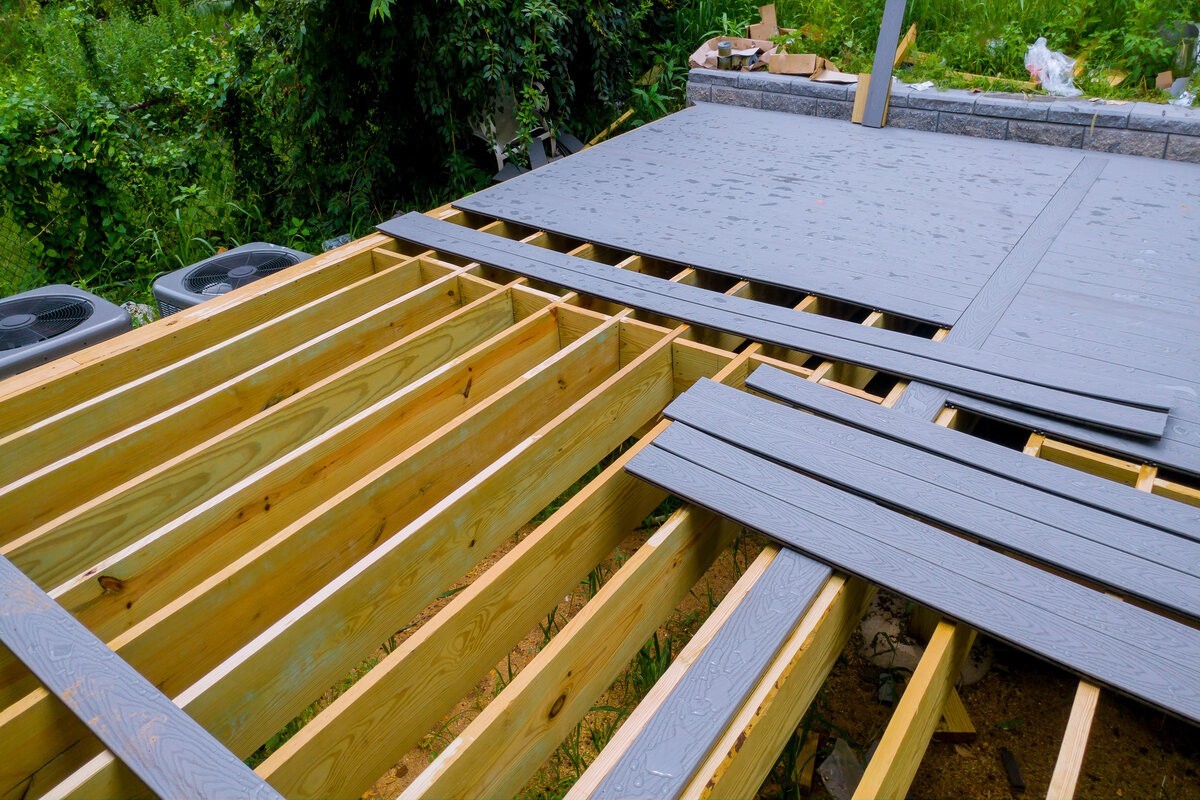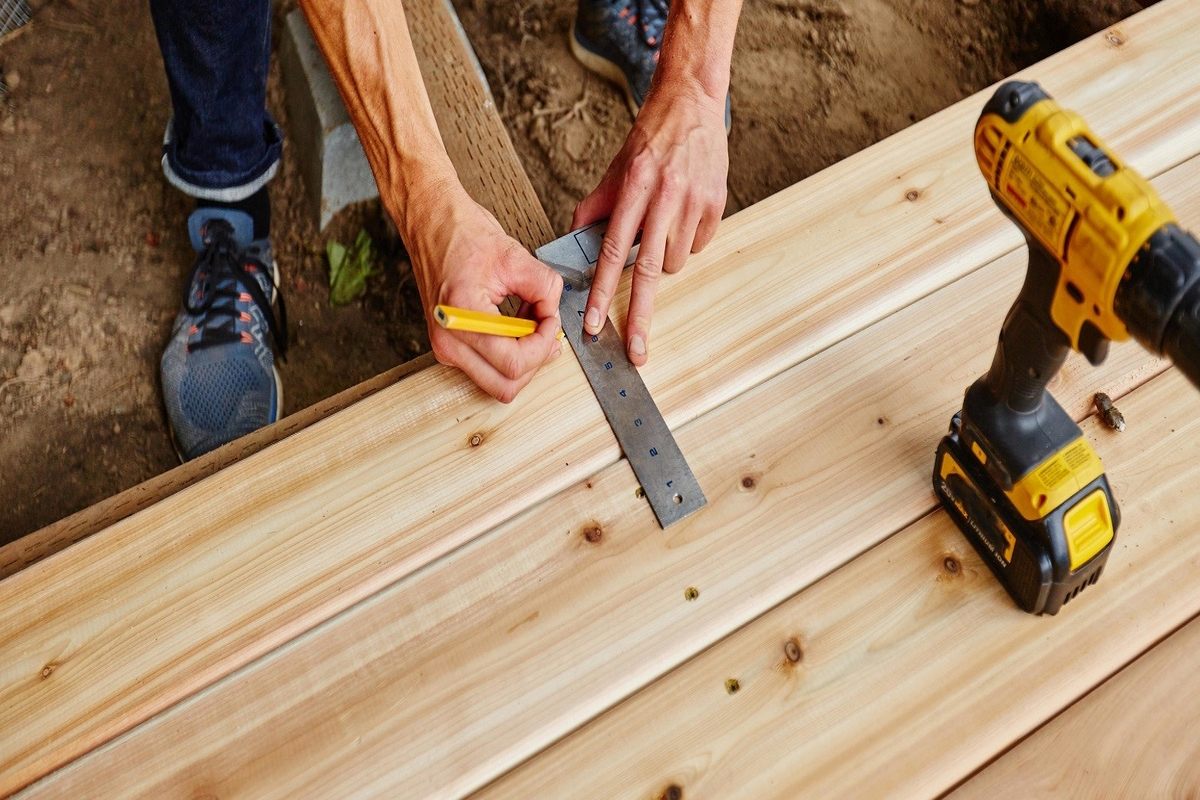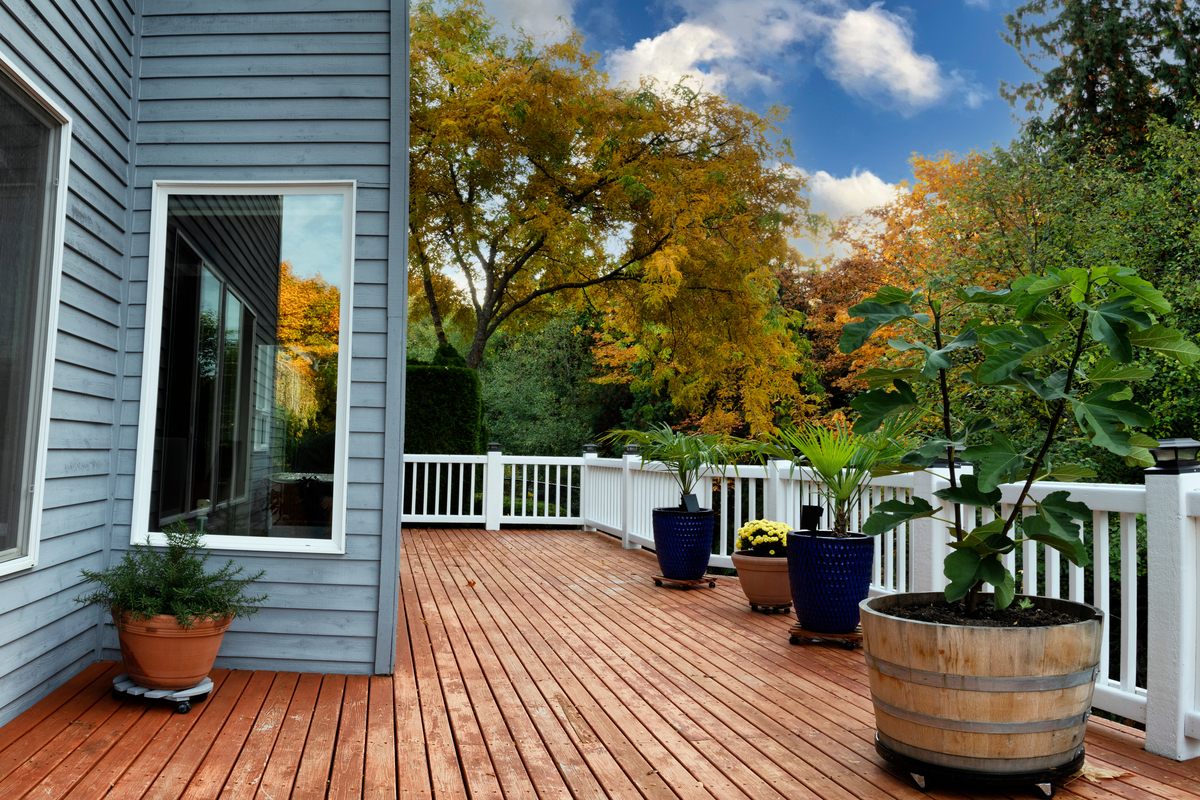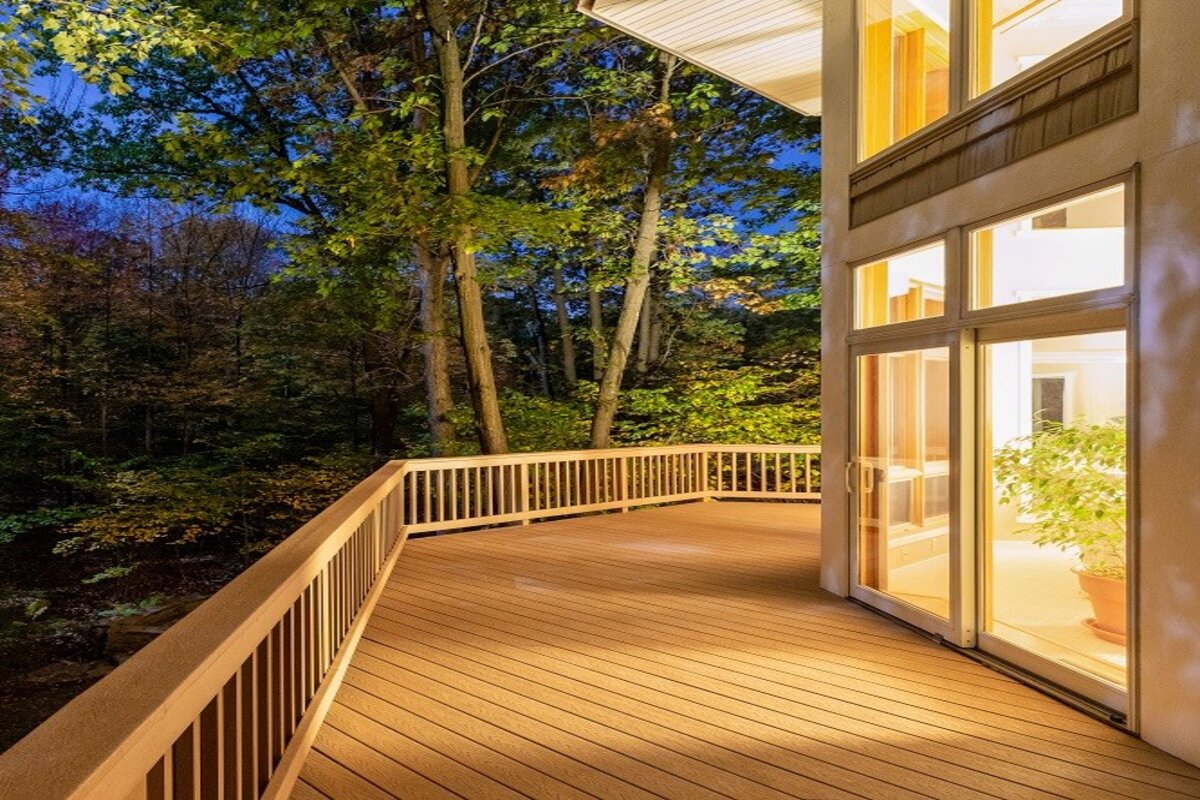Composite decking has revolutionized outdoor living spaces with its blend of durability, aesthetics, and minimal maintenance requirements. However, when it comes to installation, there’s more to consider than just laying down boards. One common question that arises is whether it’s possible to screw into composite decking. Let’s explore whether you can screw composite decking. In this guide, we’ll examine the intricacies of screwing composite decking, exploring different methods, challenges, and best practices to ensure a successful installation.
Understanding Screw Composite Decking: Demystifying the Process
The process of screwing into composite decking, commonly known as “face screwing,” entails driving screws directly through the surface of the decking boards. While hidden fasteners offer a sleek and seamless look, there are instances where face screwing is necessary, such as on staircases, perimeter boards, or areas with structural constraints.
Exploring Installation Techniques and Options
Face Screwing:
Face screwing involves using specially designed color-matched screws that seamlessly blend with the decking material. These screws are driven through the surface of the boards, providing a secure attachment while maintaining a cohesive aesthetic. While not as inconspicuous as hidden fasteners, face screwing offers reliability and ease of installation in various scenarios.
Screw and Plug Option:
Alternatively, the screw and plug method provides a solution for concealing screw heads while maintaining a smooth surface. After screwing into the decking boards, plugs made of composite material or wood are inserted into the holes, creating a flush finish. While this approach requires additional steps, it offers a visually appealing result without visible screw heads, enhancing the overall look of the deck.
Essential Tips for Successful Screw Composite Decking Installation
- Pre-Drilling: To minimize the risk of splitting and ensure precise screw placement, consider pre-drilling pilot holes before driving screws into composite decking boards.
- Correct Screw Length: Choose screws of the appropriate length to securely fasten the decking boards without penetrating too deeply or causing damage.
- Uniform Spacing and Alignment: Maintain consistent spacing between screws and ensure proper alignment to achieve a professional-looking finish across the entire deck surface.
Overcoming Installation Challenges and Considerations
While composite decking offers numerous benefits, including resistance to rot, mold, and insects, there are unique challenges associated with installation. Factors such as temperature fluctuations, moisture levels, and material composition can impact the performance and longevity of the deck. Proper preparation, adherence to manufacturer guidelines, and attention to detail are essential for mitigating these challenges and ensuring a durable and visually appealing installation.
In Summary: Elevating Your Outdoor Living Space with Secure and Stylish Decking
Screwing into composite decking is a viable method for securing your deck, offering versatility, durability, and aesthetic appeal. Whether opting for face screws or the screw and plug option, proper installation techniques are crucial for achieving a seamless finish that enhances the beauty and functionality of your outdoor space. By following best practices, addressing installation challenges, and considering the specific requirements of your project, you can create a stunning deck that withstands the test of time and elevates your outdoor living experience.
If you require professional assistance or have further inquiries, don’t hesitate to contact us. Our knowledgeable team is dedicated to providing expert guidance and solutions tailored to your decking needs.






